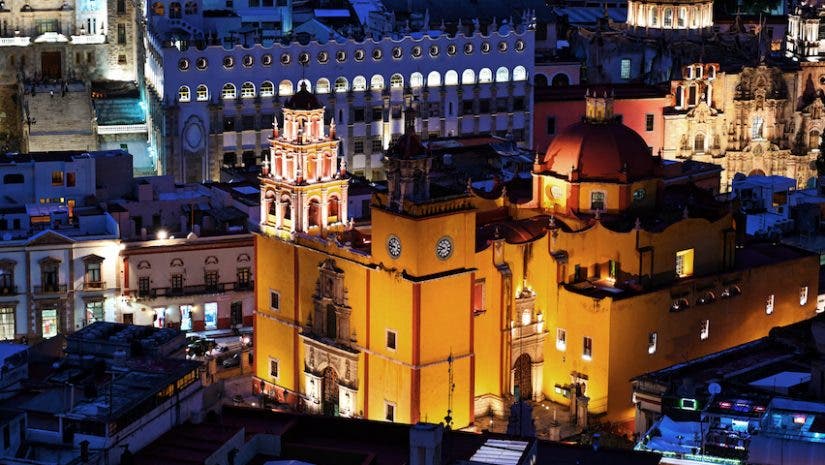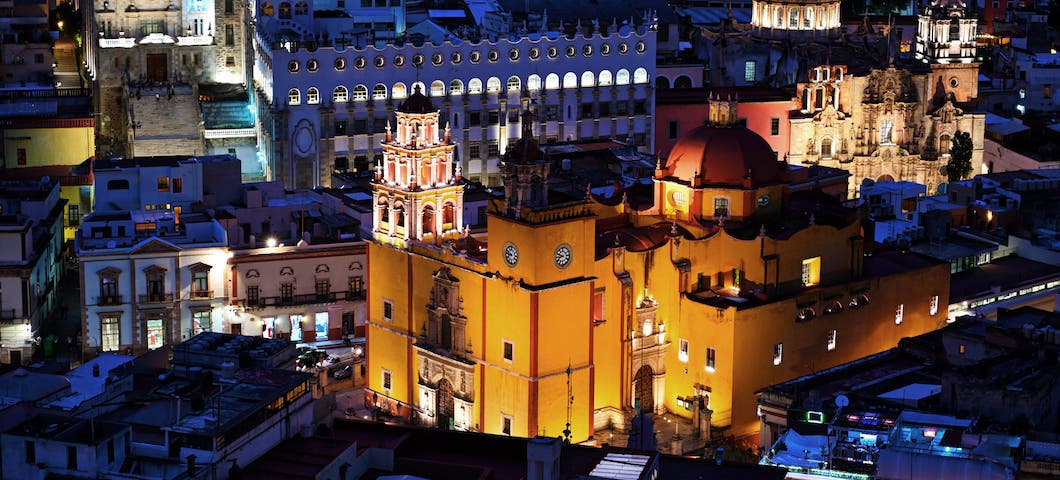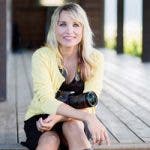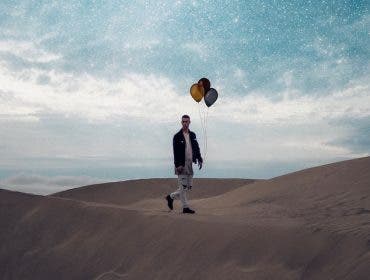I was lucky enough to spend a full week shooting nearly non-stop with the new Nikon mirrorless system. I may have stopped for sleep a bit but, otherwise, I was able to shoot in multiple regions throughout the Yucatan Peninsula and then flew a few hours up north, with our crew, to Guanajuato, Mexico. And then I shot a whole lot more. I was able to put the new system through the paces — shooting in large, rainforest-like sinkholes, in pitch-dark caves, at pink lagoons, above colorful landscapes, and in and above the streets of a large, sprawling city.
My first impression of the new system is pretty straightforward: It’s just extraordinary.
I absolutely love the unequaled combination of lightweight portability — and ease of use — with truly brilliant image capture quality.

I’ll start with the ergonomics of the system. The camera is lightweight, but not in any way flimsy. It simply feels good to shoot with, fits neatly into a small satchel and is a graceful mix of truly lightweight and completely DSLR-like in its powerful, high resolution capture of images. There is absolutely no sacrifice to image quality — and I normally shoot with the D850 and the D5! In fact, there are distinct advantages of this system over other top-tier ones. I have never shot with a more travel-friendly system, at least not without noticing a loss in quality of my images. So, I have to repeat this here: There is no loss in quality whatsoever. It’s truly amazing high-resolution capture.
A quick note about the travel-friendliness of the system. About a month after shooting it, I left for five weeks of travel throughout five different countries, and I of course brought my DSLR gear along with me. I cannot even express how frequently I pined over that lightweight mirrorless system.
I. Just. Cannot.
Okay, back to image quality! Looking at the captured images after the shoot was another pleasant surprise. The images are sharp corner to corner, the color reproduction is beautiful, and there is a depth to these high-resolution images that I’ve never quite seen before. It’s almost hard to describe. You look really closely at these frames, and you see the main subject will pop against an object behind it — and that object also stands quite distinctly apart from a background behind it. It’s a pretty spectacular visual effect.
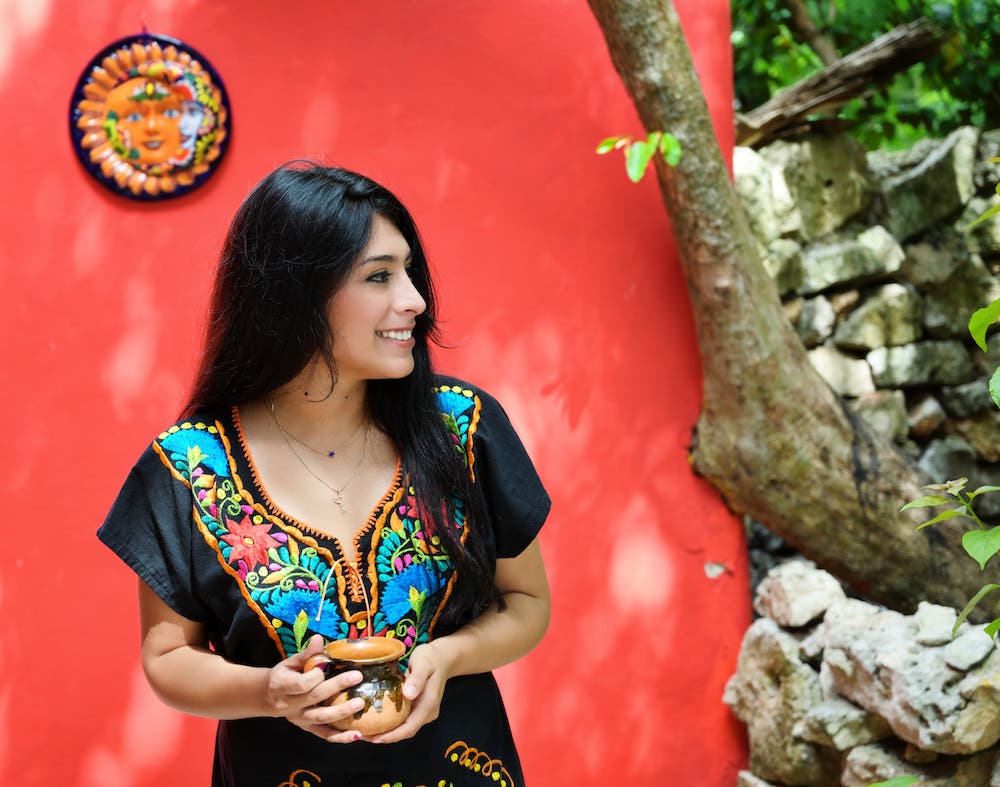
I’ve been shooting with the “traditional” 24-70mm f/2.8 lens for years. It is my workhorse lens, and it’s in my bag for nearly every shoot I do. So when I first saw the 24-70mm f/4 lens built for the new mirrorless camera, my initial impression was that I liked the combination of the smaller size combined with what looked like no sacrifice to the solidness of the lens. I felt assured by the heft of it, even as it was clearly smaller and more lightweight than my 24-70mm f/2.8 lens. My second thought, which was actually a concern, was how I would be able to achieve the same look of shooting at a shallow depth of field with an f/4 depth of field. But after shooting tens of thousands of frames, I am thrilled to say that my initial expectation of the quality of the lens was more than exceeded — and my concern about the f/4 capabilities was completely unfounded.
This lens is sharp, fast, produces incredibly crisp images, and performs beautifully at 24mm, 70mm, and every focal length in between. I had no idea that I would also have a near-macro lens built in to this workhorse lens, as well! The close focusing distance is quite notable, locking in sharp focus at about 12 inches away. Combine that feature with shooting at 70mm and it is like this one piece of gear offers the photographer seriously elite macro, wide and portrait capabilities — all in one lens.
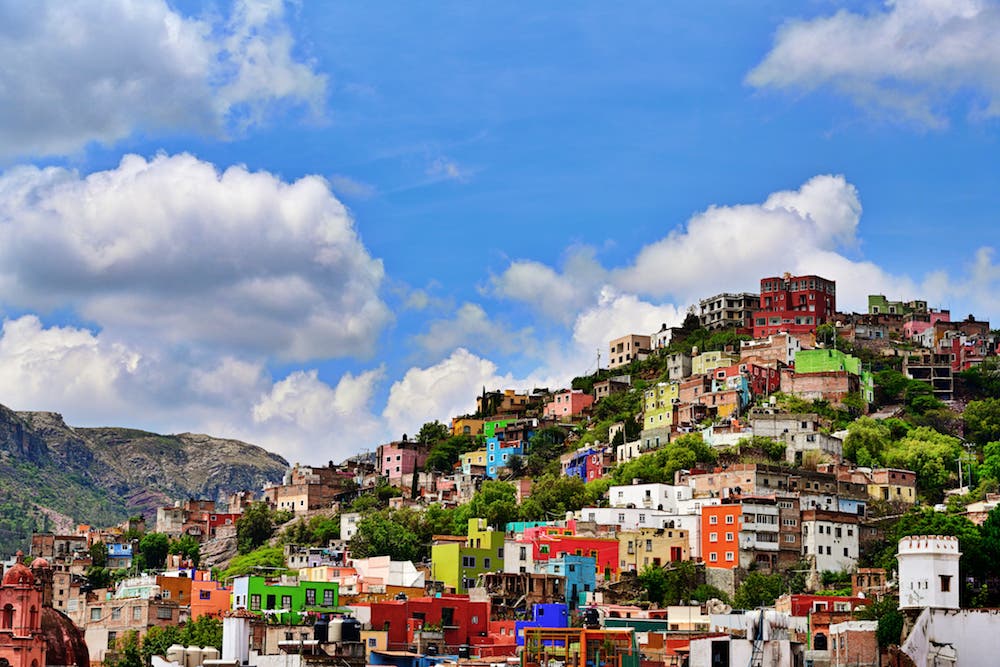
The other unexpected benefit of this lens is that, in addition to being a smaller piece of gear, I could also make it even more compact when not in use, clicking it into place to be much shorter than the traditional 24-70mm lens at its 24mm length. This makes it even easier to slip in a bag and go. And it simply looks more elegant, as well.
As for handling of tricky lighting situations, I was taken aback at what this lens can manage. It displays brilliant dynamic range, holding detail in the highlights and opening up shadows in the blacks, where there might otherwise be blockiness. I shoot backlit portraits fairly often. I love the dreamy feel of backlit portraits but, unfortunately, you zoom in close on a powerful backlight, and you’ll see all kinds of issues – ghost flares, chromatic aberrations, blown out objects, etc. I’ve never seen another lens match the backlit capability of this lens, managing these rather common issues incredibly well.

The other brilliant aspect of this mirrorless system is being able to shoot sharp images at very high ISOs combined with slow shutter speeds in dark interiors — completely handheld! I actually shot a series of photographs at ISO 1600 while at 1/15 sec in an actual cave, a very dark cave, without using a tripod. The resulting images looked like they had to be shot with the aid of a tripod. Just a dramatic wow factor. It’s a combination of the lighter-weight system, the fantastic vibration reduction, and those killer optical capabilities. And for those times I did shoot with a tripod, utilizing the Exposure Delay feature with silent shooting offered me stock-still, crisp captures at super slow shutter speeds.
The electronic viewfinder took me a minute. If you’re used to shooting with a DSLR, it’ll probably take you a minute, too. I had to play with how I wanted to review my images, and luckily there are options that you can choose from when figuring out what seems most intuitive for you. Once I was past the awkward transition, though, I saw how much I was going to love it. The most amazing part? Having all my manual controls right at my fingertips, to see right in my viewfinder. It made for exceptionally smooth navigation while shooting in manual made.
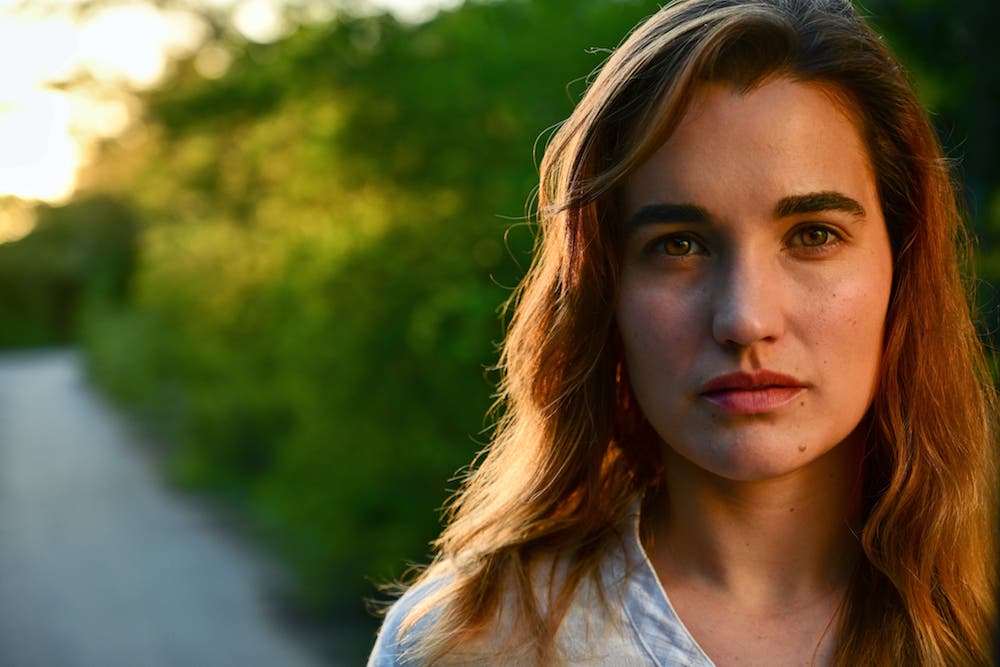
I noted that the concern about shooting at f/4 was unfounded. I state that because of the lovely bokeh produced by the camera without having to drop to a shallower depth of field. There’s a truly lovely feathering to the bokeh while shooting at f/4, and the lens crisply captures the subject while the softness of the bokeh layers off into the distance in an absolutely dreamy way.
Shooting rather often at f/1.4 to f/2.8, I truly did not expect that look at an f/4. My other concern with the f/4 was the loss of light I might bring into my camera at a wider aperture. But with the exceptionally high ISO capabilities of this system so well controlled, I did not have any issue with that, either.
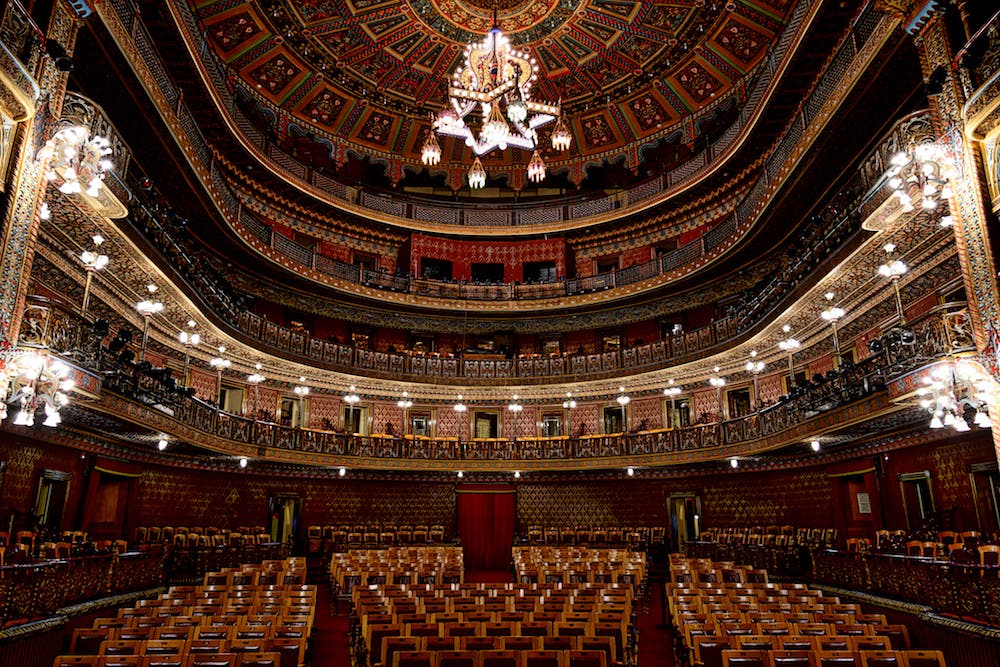
Even though I was thrilled to experience hardly any drawbacks, the only aspect of the lens that did not match my 24-70mm f/2.8 lens was in focus speed — though it really wasn’t that far off. I shoot a lot of fast-moving subjects, so this may be something that others barely notice at all.
All in all, I found it to simply a magnificent piece of engineering.
